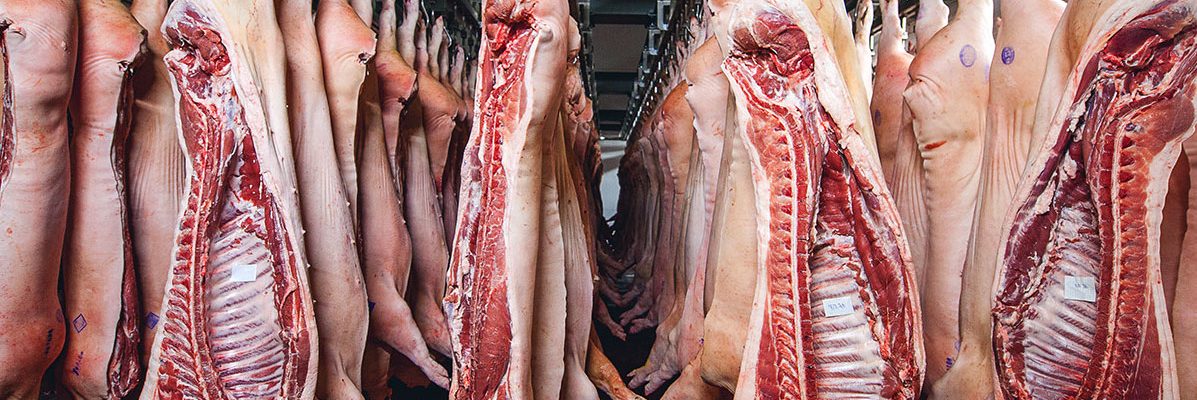Abattoir Humidity
Abattoirs are an essential part of the meat production industry, but the main problem most facilities face is waste. As meat is brought in and processed, it is also cooled – taking it from a body temperature of 37°C down to 12°C in a 12-hour period. This helps the meat last longer, and preserves the quality of the cuts as they go through packaging and shipping. The problem is, during the cooling process a carcass can lose up to 3% of its total weight. While this might not seem like a lot in the grand scheme of things, it can make a real difference to the abattoir’s bottom line.
Let’s break that down a bit. On a full side of beef, 3% weight can be as much as 3kg. Meat products are generally bought and sold by weight, so 3kg loss on one side of beef is a pretty significant loss of profit. In fact, there is a calculation used to work this out:
Reduction in weight loss (kg) x the value of the product (£/kg) = money saved
Expand this over the course of a year, thousands of carcasses and hundreds of thousands of kg in lost weight, and the financial losses add up quickly. So naturally, abattoirs want to find ways to reduce the amount of moisture lost during prep and production. Humidity control is by far the simplest answer.
By installing humidifiers that produce very fine sprays from high-pressure water systems, abattoirs can surround carcasses with high humidity air – around 95%rh. This reduces the amount of moisture that evaporates from the meat and limits the amount of weight lost during refrigeration. Because the higher humidity air contains more water, the air around the carcass becomes a source of moisture, rather than a drain on it.

